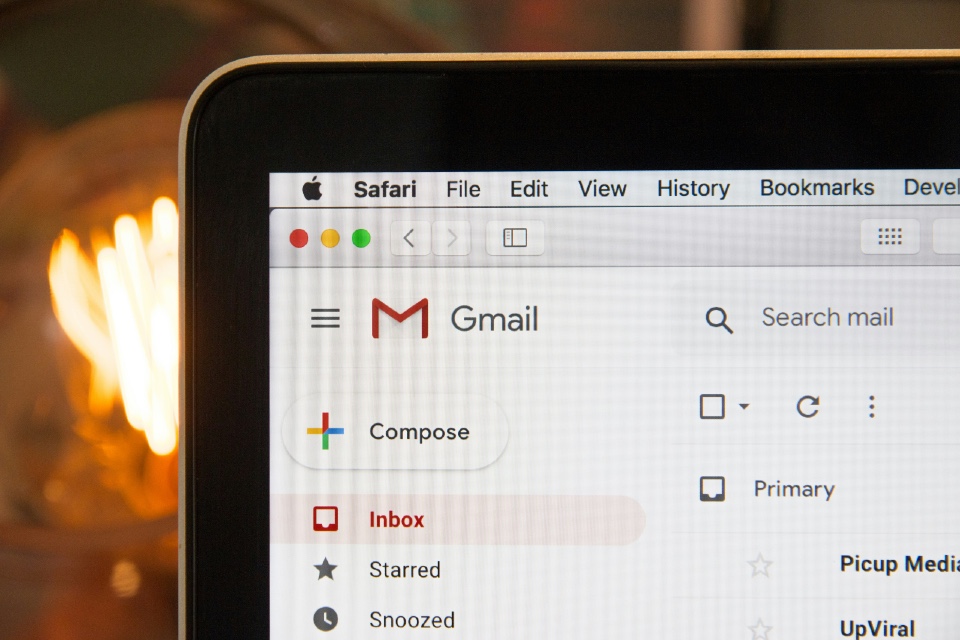EMAIL MARKETING MONTH: From CRM to scaleability – How to found the right solution for your needs
For most Marketing Managers, email remains a powerful tool for customer engagement and brand promotion. However, navigating the vast landscape of email marketing solutions providers can be a daunting task. Here are some top tips to help you find the perfect partner to elevate your email marketing efforts, based on inout from attendees at the Digital Marketing Solutions Summit…
1. Define Your Needs & Goals:
Before seeking external solutions, take a step back and define your email marketing goals. Consider:
- Target Audience: Understanding your audience demographics and their preferred communication channels is crucial.
- Campaign Types: Will you focus on regular newsletters, promotional emails, or a targeted email automation strategy?
- Data Management and Integration: Does your chosen solution integrate seamlessly with your existing CRM or marketing automation platform?
2. Deliverability and Compliance:
Landing in the spam folder defeats the purpose of email marketing. Look for providers with a strong track record of high email deliverability rates. Additionally, ensure the solution complies with UK data protection regulations like GDPR (General Data Protection Regulation) when managing customer email lists.
3. Functionality and Features:
Modern email marketing platforms offer a plethora of features. Consider your needs when evaluating potential solutions:
- Email Design Tools: User-friendly drag-and-drop editors allow you to create visually appealing and responsive emails without relying on coding expertise.
- Segmentation and Targeting Tools: Segment your audience based on demographics, interests, or purchase history to deliver personalized email campaigns.
- Automation Capabilities: Automate email workflows, such as welcome messages for new subscribers or abandoned cart reminders for a more efficient marketing strategy.
4. Reporting and Analytics:
Data is key to measuring the success of your email marketing efforts. Choose a provider offering comprehensive reporting and analytics tools to track key metrics like open rates, click-through rates, and conversion rates.
5. Scalability and Flexibility:
As your marketing efforts evolve, your email marketing needs will likely grow. Look for solutions that can scale with your organization, accommodating increasing subscriber lists, campaign volume, or additional features as needed.
6. Ease of Use and Support:
A user-friendly platform is essential. Evaluate how intuitive the interface is for both you and your marketing team. Does the provider offer readily available support resources like training webinars, online tutorials, or a dedicated customer support team?
7. Cost Considerations:
Email marketing platforms typically offer tiered pricing plans based on features and subscriber list size. Consider your budget and prioritise features most relevant to your needs. Some providers offer free trials or entry-level plans with limited features, allowing you to test the platform before committing.
8. Security and Data Protection:
Data security is paramount. Look for providers with robust security measures in place to protect your customer data. These include encryption protocols, secure data storage, and two-factor authentication for user accounts.
Bonus Tip:
Seek out independent reviews and case studies from UK businesses using different email marketing solutions. Their experiences can provide valuable insights into the platform’s efficiency, user experience, and customer support quality.
By following these top tips, Marketing Managers can source the best email marketing solutions providers. The right partner will equip you with the tools and expertise to craft compelling email campaigns, ultimately generating better customer engagement and driving results for your business.
Are you searching for Email Marketing solutions for your organisation? The Digital Marketing Solutions Summit can help!






